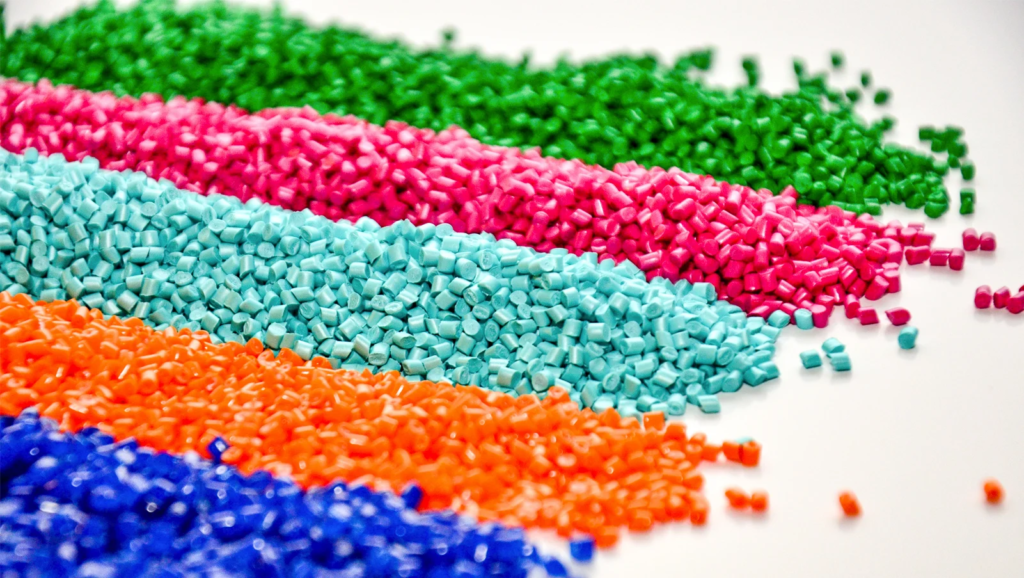
Did you know that polymer plastics are one of the most widely used materials in the world? They’re so ubiquitous that you probably come into contact with them every day, even if you don’t realize it.
If you’ve ever used a plastic water bottle, handled a credit card, or played with a child’s toy, then you’ve interacted with polymers. These materials are incredibly versatile and have countless applications in both everyday life and industry.
In this article, we’ll take a closer look at what polymers are, how they’re made, and some of the most common types that you might encounter. By the end, you’ll better understand these fascinating materials and their importance in our world.
So, what exactly are polymers?
In short, they are long chains of molecules that are bonded together. The word “polymer” comes from the Greek “poly,” meaning many, and “meros,” meaning parts.
These molecules can be either natural or man-made. Examples of natural polymers include DNA, RNA, and proteins. Meanwhile, common synthetic polymers include plastics, rubbers, and adhesives.
Polymers can be either thermoplastic or thermosetting. Thermoplastic polymers can be melted and reformed multiple times. In contrast, thermosetting polymers will permanently harden when heated and cannot be melted down.
The vast majority of polymer plastics are thermoplastics. Some examples include polyethylene, polypropylene, and polystyrene.
How are polymers made?
Now that we know what polymers are, let’s take a look at how they’re made.
The most common method for synthesizing polymer plastics is called chain-growth polymerization. This process involves adding small molecules, called monomers, to a growing chain of molecules.
One of the most popular methods for doing this is called addition polymerization. In this technique, monomers are added to the chain one at a time and bonded together through covalent bonds. This process continues until the desired length is reached.
Once the polymer has been synthesized, it can be molded into the desired shape. This is usually done by heating the material until it becomes malleable and then shaping it with molds or templates.
After the polymer has cooled and hardened, it will retain its new shape.
What are the most common types of polymers?
As we mentioned earlier, there are both natural and synthetic polymers. Synthetic polymers are further divided into two main categories: thermoplastics and thermosetting plastics.
Thermoplastics are by far the most common type of polymer plastic. As the name suggests, these materials can be melted and reformed multiple times. This makes them ideal for applications like food packaging and medical devices.
Some common examples of thermoplastics include polyethylene, polypropylene, and polystyrene.
Thermosetting plastics, on the other hand, are designed to be permanent. Once these materials have been heated and hardened, they cannot be melted down. This makes them ideal for applications like cookware and electrical insulation.
Common examples of thermosetting plastics include polyurethane and Bakelite.
What are the properties of polymers?
One of the most appealing things about polymers is their versatility. Depending on their intended application, these materials can be designed to have a wide range of properties.
For example, polymers can be designed to be strong and durable, like those used in car parts. Or, they can be designed to be soft and flexible, like those used in clothes.
In general, polymers can be classified as either elastomers or plastics based on their properties. Elastomers are polymer materials that can deform and then return to their original shape. This makes them ideal for applications like tires and seals.
Plastics, on the other hand, are polymers that do not have this elasticity. Once deformed, they will retain their new shape. This makes them ideal for applications like food packaging and bottles.
What are the uses of polymers?
Now that we know what polymers are and how they’re made, let’s take a look at some of the most common uses for these materials.
As we mentioned earlier, polymers can be designed to have a wide range of properties. This makes them ideal for a huge variety of applications.
Some of the most common uses for polymers include:
- Food packaging
- Water bottles
- Medical devices
- Car parts
- Clothes
- Furniture
- Toys
As you can see, polymers are an essential part of our everyday lives. Without them, many of the things we take for granted would not be possible.
What is the future of polymers?
As our world continues to change, the need for new and innovative materials will only grow. Polymers are already being used in a wide variety of applications, but there is still so much potential for these materials.
As researchers continue to develop new polymer plastics, we can expect to see them used in even more ways in the future.
Who knows, maybe one day we’ll even have polymer cars or houses!

